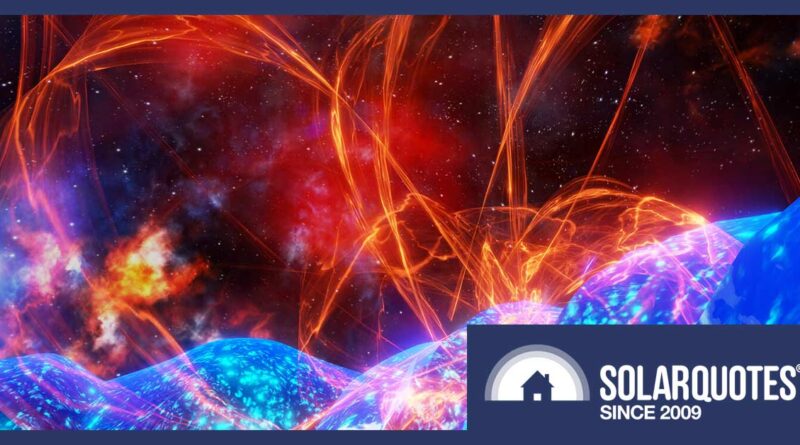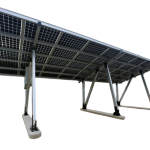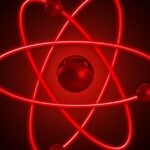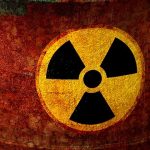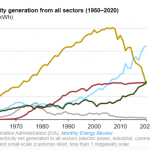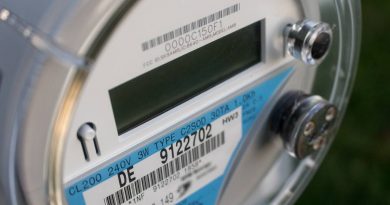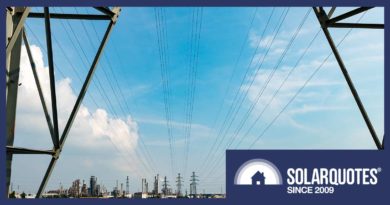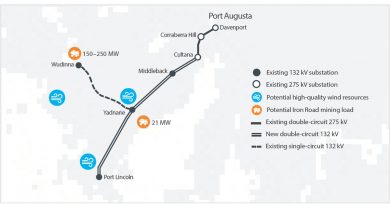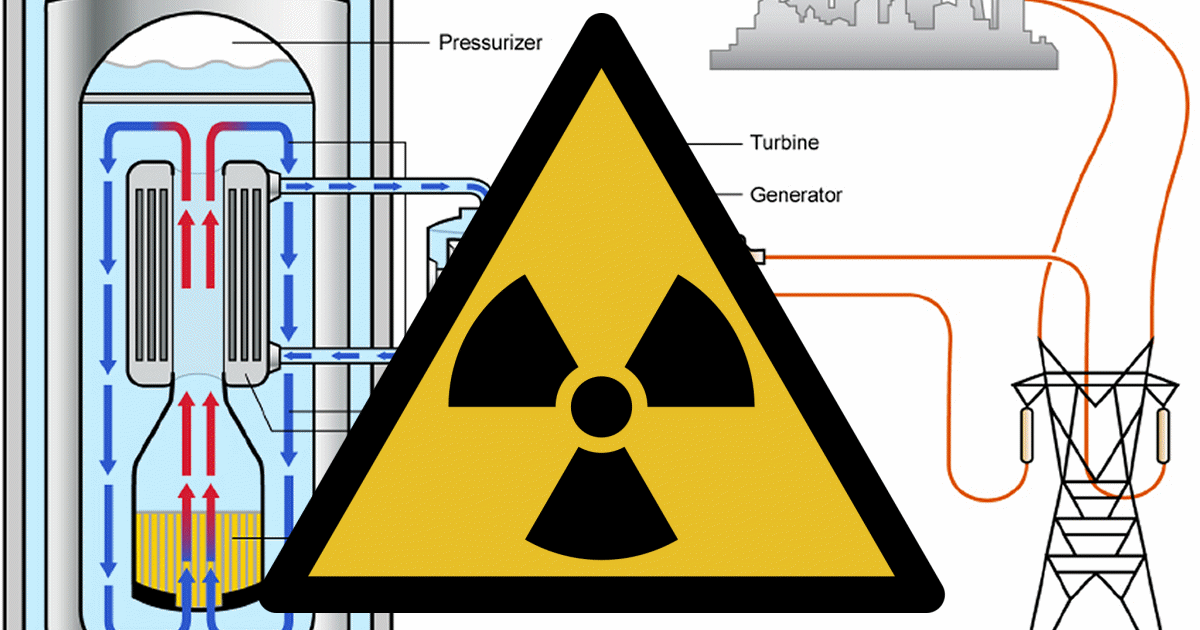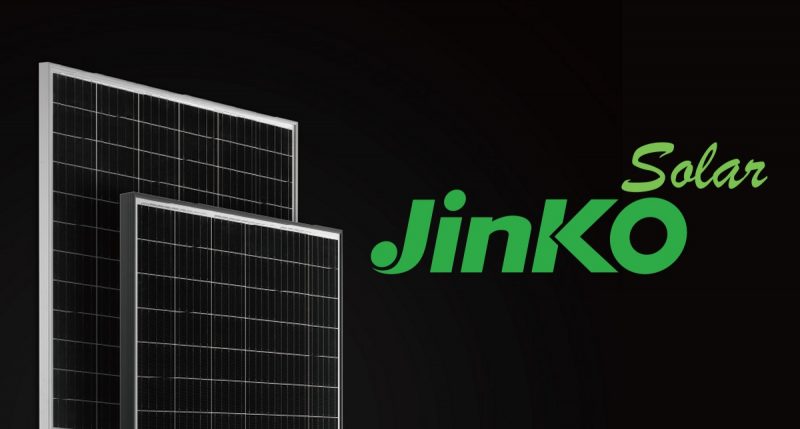The Best Nuclear Fusion Reactor Is 93 Million Miles Away. Here’s Why.
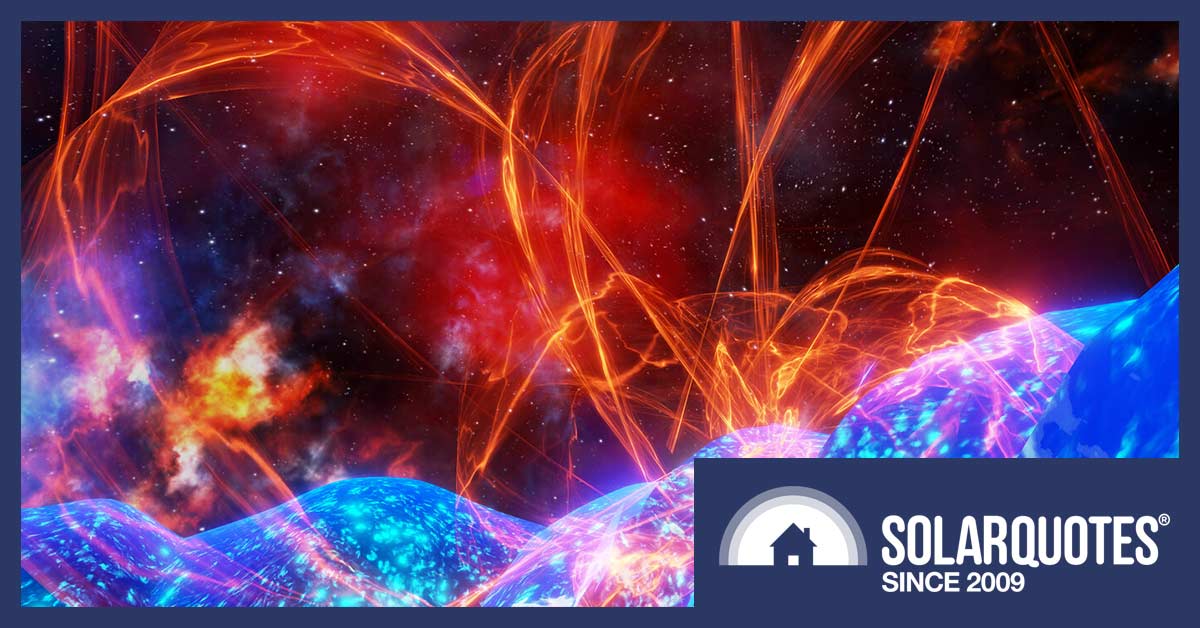
If you’ve been paying attention, you’ve probably heard about a recent breakthrough in nuclear fusion. But if you missed it because you were distracted by Elon Musk’s latest buffoonery, you’re forgiven.
In a nutshell, scientists and engineers at the Lawrence Livermore National Laboratory in California made a controlled fusion reaction that, when looked at in a certain way, gave off more energy than it took to make.
The word “controlled” in the previous sentence was important. As was the bit about looking at it in a certain way.
The fusion reaction released more energy than the laser beams used to initiate it, but significantly more energy was needed to charge and maintain the apparatus. They used 83 kWh of grid power to generate 0.875 kWh of fusion thermal energy. They generated about 1% of the energy they put in.
But that was heat energy. If nuclear fusion reactors had converted that heat into electrical energy at the expected rate, they would have gotten 0.3% of the electrical energy they put in.
Clearly, fusion is a long way from being a net energy source. But it wouldn’t have mattered if their experiment had released 10, 20, or 100 times more energy than it consumed. This is because Earth-based nuclear fusion will never be a practical source of energy.
Misleading Media
If you thought nuclear fusion had the potential to provide cheap energy on Earth, it could be the result of endless articles with headlines like these:
Many stories are just the product of talking to someone enthused about fusion or regurgitating PR announcements; adding a question mark to the headline as a get-out-of-jail-free card. Getting out of jail free means not reporting if the claims are realistic. Unfortunately, media organisations can get away with this when the US Secretary of Energy says the USA will create commercial nuclear fusion within the next few decades without any hint of awareness that she’s talking out of her butt.
You can see the US Energy Secretary introduce the official announcement of the fusion experiment results here:
This stream became available in the wee hours of the morning. I watched it because I had to get up to wee a stream and couldn’t get back to sleep.
They are correct that an impressive scientific and engineering advance was made, and I’m happy for the physicists. But their plans to develop commercial fusion power stations over the next several decades will not pan out. This is because when it comes to generating electricity, the technology is already economically obsolete.
Nuclear Fusion Reactors Are Expensive
The Lawrence Livermore Labs used 192 laser beams to blast a peppercorn-sized pellet stuffed full of hydrogen isotopes with x-rays. This heated it to 150 million degrees and — briefly — initiated fusion. This was not easy to do. It was so tricky that laser blasting is unlikely to be used in future reactors as magnetic confinement inside a giant techno-donut is considered more practical.
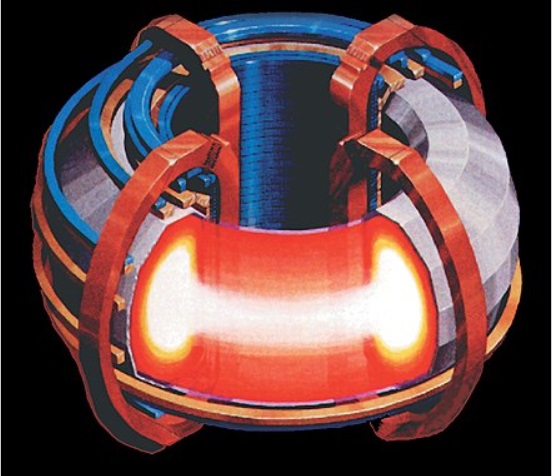
Behold — the techno-donut! (Image: US Department of Energy)
The technology was not cheap. Creating sustained fusion will be even more expensive. Because of the high-precision engineering, it will be a high-capital-cost form of generation. If it was cheap and simple we would have built fusion reactors 30 years ago.
The three major reasons why Earth-based nuclear fusion will never be an economical source of energy are:
- High Capital Costs: Reactors will be expensive to build.
- Fuel Costs: Despite many claims to the contrary, fuel for current fusion reactor designs is not cheap.
- A Poor Fit For Modern Grids: Grids with high — or moderate — amounts of solar and wind generation have extended periods of low or zero wholesale electricity prices. This is disastrous for the economics of an expensive-to-build energy source.
Because the interior of nuclear fusion reactors will become radioactive over time, they’re also likely to have high decommissioning costs. But as they don’t even exist, I won’t bother to speculate on what it might eventually cost to decommission one.
High Capital Costs
Nuclear fission power generation has been around for 66 years and still isn’t cheap. This is because it costs a huge amount of money to build a fission reactor with a high level of safety. While the cost of building nuclear fission power stations could be reduced, it’s not possible for them to be as cheap as coal power stations because they are more complex and can go wrong in ways that coal power can’t.
Nuclear fusion reactors will cost more than fission because they are far more complicated. To create heat with fission, all you need to do is put the fuel rods close to each other, and it happens automatically. To create heat in a fusion reactor, advanced technologies such as immensely powerful lasers or magnetic confinement techno-donuts are needed.
Nuclear fusion doesn’t have the same level of radiation hazard as fission, but reactors’ interiors will still become radioactive. This means the costs of precautions against releasing radioactive material may be much lower, but they can’t be eliminated.
But even if fusion power plants could be built for the same cost as coal power stations they still won’t be able to pay for themselves. This is because new coal power stations are becoming uneconomic worldwide. In fact, any thermal generation — including nuclear fission and fusion power stations — will find it difficult to compete with solar PV and wind turbines that don’t require expensive heat exchangers, condensers and turbines.
Nuclear Fusion Fuel Isn’t Cheap
A widely repeated claim is that fuel for fusion is dirt cheap. But this is a techno-myth. It’s uneconomically expensive now and unlikely to ever be very cheap in the future.
Current nuclear fusion reactor designs use hydrogen isotopes for fuel. By weight, the fuel is two-fifths deuterium and three-fifths tritium. Deuterium is relatively cheap, but tritium is currently around $40,000 Australian per gram. At this price, when used in a fusion reactor that is 33% efficient at turning heat into electricity, the cost of tritium will be around 58 cents per kWh generated.
This paper from 1991 says the cost of producing tritium in a fusion reactor could be as low as $215-$300 US per gram. If we take the lowest end of that range and convert the $215 into 2022 dollars it becomes $640 US. At the current exchange rate, that’s $930 Australian. Assuming 100% of the tritium undergoes fusion, the fuel cost will be around 1.3 Australian cents per kWh generated. This is roughly the same fuel cost as for nuclear fission and around 4 times the cost of coal for Victorian power stations.
Coal, Fission, & Fusion Don’t Play Well With Renewables
Here in South Australia, we have long periods of low, zero, or negative wholesale electricity market prices. This is due to wind and solar power accounting for 70% of the state’s generation. This is terrible for the economics of baseload generators such as coal, nuclear fission, and future fusion.
Because they have high capital and low fuel costs, they save little money by shutting down during periods of very low electricity prices. But as they’re competing against solar and wind with zero fuel cost, their only options are to shut down or operate at a loss during these periods.
Even if nuclear fusion energy research receives hundreds of billions in funding, a prototype fusion power station able to provide more energy than it consumes is still decades away. In 30 years, the world’s electricity generation will be mostly renewable, and most of the time, that electricity will be extremely cheap. Even if fusion reactors are technically feasible, they won’t be profitable to build. If coal and fission can’t pay for themselves, neither will nuclear fusion.
Energy Storage Is Not A Problem
Some people suggest — often over and over — that some kind of nuclear power will be necessary if we want low-emission electricity because solar and wind generation won’t always meet demand. But it makes no sense to build an expensive fusion reactor and only run it some of the time as a peak or critical period generator.
Because nuclear fusion reactors will be expensive to build, if one is only run half the time it’s capable of, it will almost double the cost of the electricity produced. If only run one-fifth of the time, the cost of its electricity will nearly quintuple. Since it will already be a very expensive source of electricity if it’s run at full capacity, it makes no sense to build nuclear reactors — whether fission or fusion — to meet demand for limited periods.
Australia is constructing lots of pumped storage capacity. We’re also installing world-beating amounts of battery storage because it’s expected to be cheaper than natural gas, and natural gas is cheaper than nuclear power and vastly cheaper than nuclear power stations that are only operated some of the time.
Large-scale batteries have fallen a long way in price and will fall further. They will be much cheaper in 5 years’ time and should be a fraction of their current cost in the 30+ years before fusion reactors become feasible.
The Best Nuclear Fusion Reactor Is In The Sky
Fortunately, we already have access to a naturally occurring fusion reactor in the sky. It’s called the sun and provides free energy to the Earth 24 hours a day and to specific spots on the Earth for an average of 12 hours a day. This free nuclear fusion power is yours for the taking simply by installing solar panels on your roof. These require no heat exchangers, turbines or water for cooling, have zero fuel cost, and aren’t radioactive. They are also the cheapest source of electricity available to Australians.
The sun will provide an increasing amount of fusion power over the next 5 billion years and a decreasing amount for the next 10 billion after that. It’s not a radiation hazard, so long as you’re not too pasty, and is perfectly safe to use as a source of light, heat, and electricity — provided you avoid eye contact.
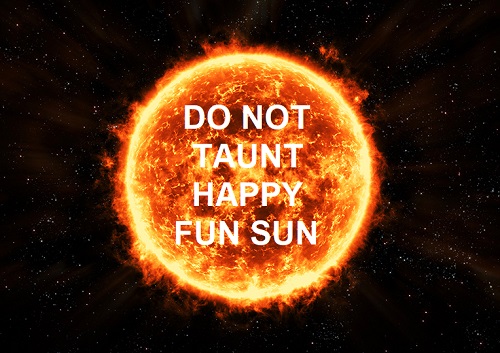
Human-built nuclear fusion reactors may be great in the future around Uranus or the rings of Saturn, but here in the inner solar system, there’s only one fusion reactor you need for your solar system.
Original Source: https://www.solarquotes.com.au/blog/best-nuclear-fusion-reactor/

